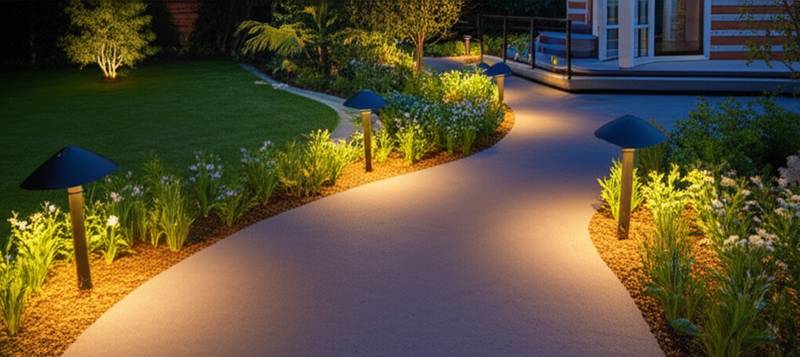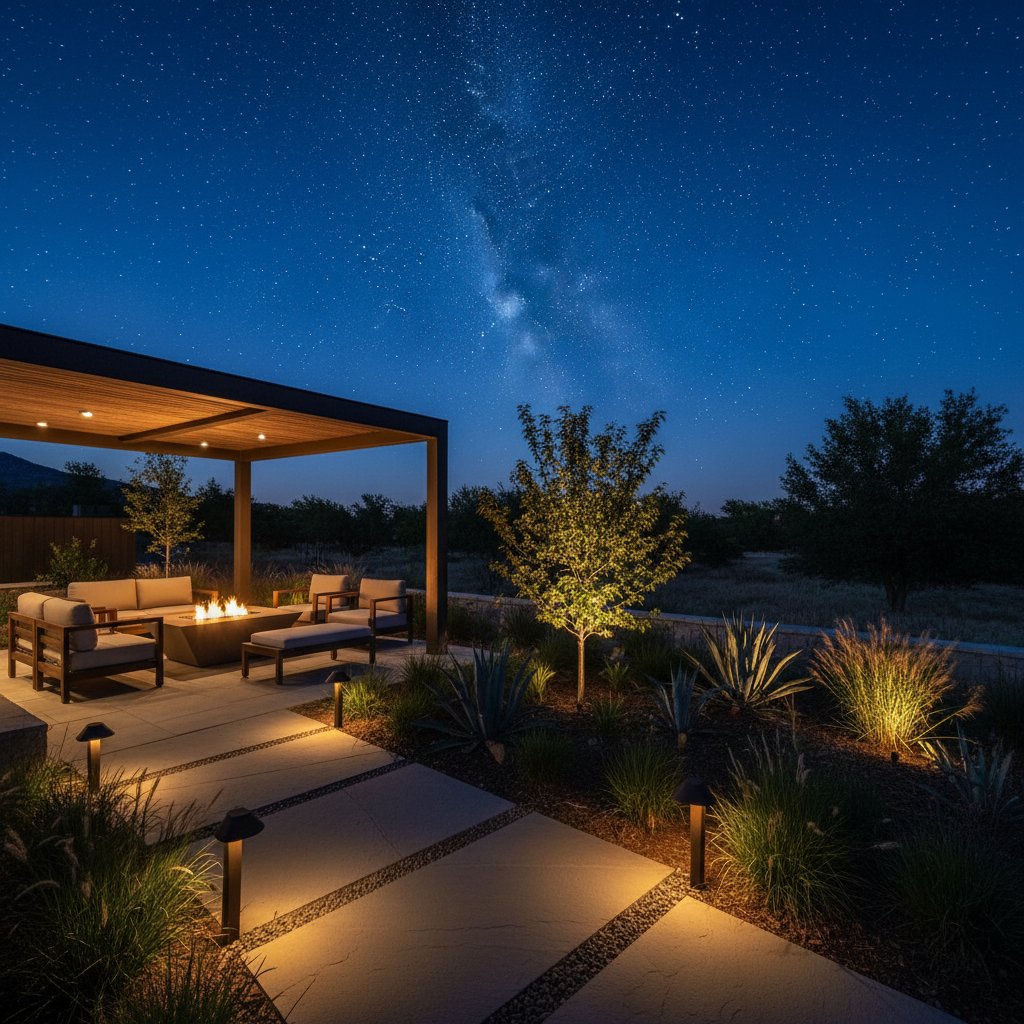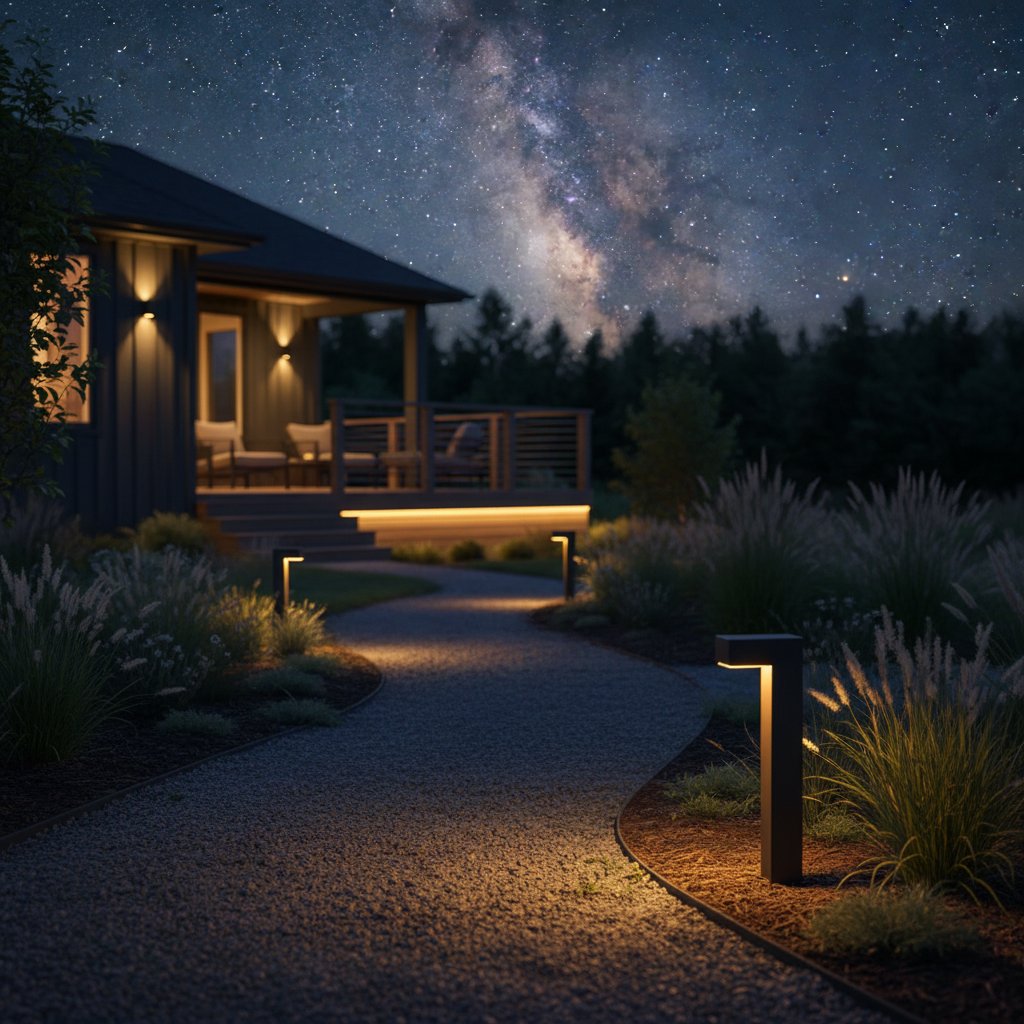Recognizing the Impact of Outdoor Lights
Step outside after dark and observe your yard. Harsh illumination from fixtures may overwhelm the natural ambiance, obscuring stars that once dotted the evening sky. Such lighting not only alters the serene atmosphere but also contributes to broader environmental concerns like light pollution.
Emerging dark sky regulations in 2025 promote mindful use of outdoor lights. These guidelines focus on directing illumination where it serves a purpose, thereby conserving energy, safeguarding nocturnal ecosystems, and reclaiming the beauty of the cosmos. Homeowners can implement targeted adjustments to achieve these benefits without sacrificing security or appeal.
Evaluating Existing Lighting
Conduct a thorough inspection of your property once the sun sets. Identify areas where light escapes unnecessarily, such as beams projecting skyward or intruding into adjacent spaces. Pinpoint fixtures that remain active longer than required, illuminating empty zones and exacerbating energy waste.
Steps to assess effectively:
- Deactivate nonessential lights and evaluate the resulting ambiance.
- Document bulbs that appear overly intense or lack proper enclosures.
- Examine automated systems to determine if they align with actual usage patterns.
This initial review reveals opportunities for refinement, aligning your setup with dark sky compliance and revealing the yard's inherent tranquility.
Designing an Intentional Lighting Plan
Determine essential areas for illumination, such as walkways, doorways, and seating zones. Prioritize targeted beams that enhance navigation and comfort while allowing surrounding spaces to rest in natural shadow.
Key planning strategies:
- Select shielded or hooded fixtures to channel light toward the ground.
- Opt for subdued intensity levels, favoring warm white or amber hues for a welcoming effect.
- Position elements strategically to support flow without overwhelming the landscape.
Adopting these principles fosters a harmonious environment. Each fixture gains relevance, transforming the yard into a refined extension of your home.
Selecting Sustainable Fixtures and Bulbs
Contemporary options in outdoor lighting prioritize efficiency and minimal environmental impact. Seek products certified as dark sky compliant, engineered to curb upward leakage and excessive brightness.
Recommended selections:
- Full cutoff designs: These enclosures block light from ascending, preserving celestial views.
- Warm-toned LED bulbs: Such choices consume minimal power and emit softer spectra, avoiding disruptive blue wavelengths.
- Solar-operated units: Perfect for accents in gardens or borders, these harness sunlight for operation without grid reliance.
Transitioning to these alternatives supports regulatory adherence and yields cost savings. The result extends to a more vibrant ecosystem, where artificial light harmonizes with natural cycles.
Implementing Adjustments for Optimal Performance
Bring your plan to life by installing fixtures at appropriate heights and angles. Emphasize downward orientation to illuminate surfaces directly, integrating features like motion detectors and programmable timers to limit exposure.
Installation best practices:
- Position pathway markers near ground level, angled to cover specific routes.
- Incorporate adjustable dimmers for versatility across occasions and weather variations.
- Program schedules to deactivate peripheral lights during late hours.
These measures ensure lighting enhances rather than overshadows the setting. The yard emerges as a thoughtfully curated haven, blending functionality with subtlety.
Sustaining Your Lighting Over Time
Regular care prevents degradation in performance. Fixtures may misalign due to weather, and bulbs lose efficacy, altering distribution and quality.
Ongoing maintenance tasks:
- Wipe down lenses periodically to maintain even output.
- Swap out worn components for updated, efficient equivalents.
- Review configurations following landscape modifications, such as new plantings or additions.
Diligent attention upholds standards and prolongs system life. Your efforts cultivate enduring serenity and compliance.
Embracing the Benefits of Balanced Illumination
Refined lighting elevates evening experiences, unveiling constellations and fostering wildlife activity. Reduced glare benefits species like birds and insects, supporting biodiversity in your locale.
Gatherings gain intimacy under controlled beams, and the garden syncs with lunar phases. These modifications honor ecological balance, ensuring the night sky remains a shared treasure for generations.



